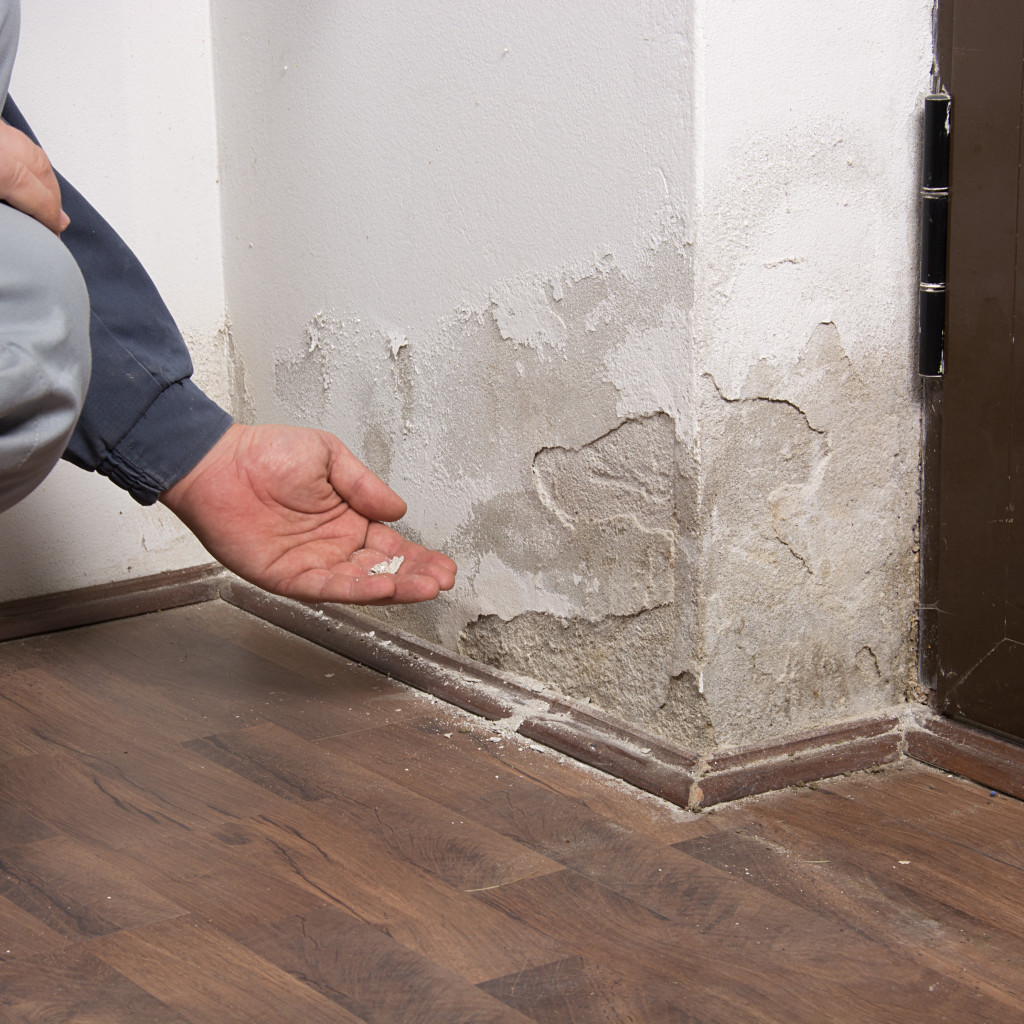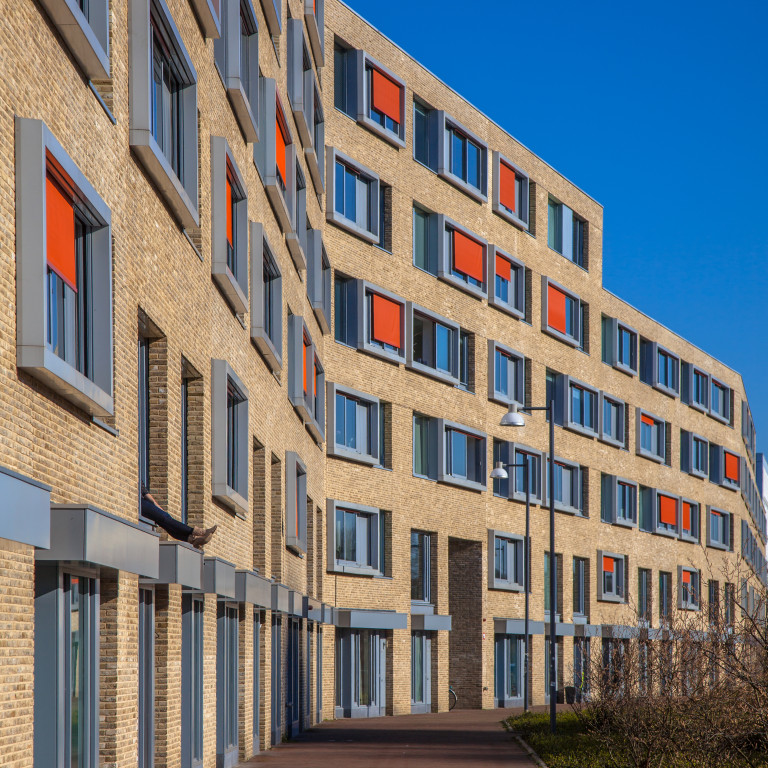There have been 3 recent county court decisions where tenants have been awarded the equivalent of 90 – 100% of their rent in compensation, where their properties were found unfit for human habitation.
The Homes (Fitness for Human Habitation) Act 2018 was enacted on 20 March 2019. The Act requires landlords to let, and maintain, properties in a condition which are fit for human habitation. As of 20 March 2020, the Act applies retrospectively to all tenancies in existence.
There have been no real cases testing how the courts will deal with the Act, therefore, these recent decisions are of interest.
Dezitter v Hammersmith and Fulham Homes (Central London County Court, 7 November 2023)
Ms Dezitter’s tenancy agreement commenced in May 2010. In 2023 she brought a claim for disrepair and unfitness for human habitation stating that she had complained of disrepair since moving into the property.
The items complained of were cracks to the walls and ceilings, ill-fitting, draughty doors and windows, damp and mould, lights hanging from the ceiling, watermarks to the ceiling, and a frequent loss of pressure to the boiler.
There was evidence of Ms Dezitter complaining of disrepair from the start of her tenancy, and as no limitation defence was raised by the landlord (disrepair claims have a time limit of 6 years), the whole period from 2010 to 2023 was at issue.
From 20 March 2020 (the date the Homes (Fitness for Human Habitation) Act came into force retrospectively) – 7 November 2023 Ms Dezitter claimed that the property was unfit for human habitation. A joint expert report confirmed that the property was not fit for human habitation.
The landlord was ordered to pay the tenant £54,664.95.
Mason v (1) Olivera and (2) Santana
Mr Mason brought a possession claim against his tenants based on rent arrears of over £55,000. Ms Santana counterclaimed, alleging that the property was in disrepair, and was unfit for human habitation.
Ms Santana had been complaining of disrepair since the start of the tenancy. In 2023 an expert surveyor found that the property was not only unfit for human habitation but that it was also uninhabitable and that the tenants should be rehoused. The expert found, amongst other issues, that there was an active leak through the ceiling of the property, a lack of consistent heating, a foul water leak in the bathroom, a leak from the kitchen waste pipework, and that the windows were affected by significant mould growth.
The judge found that the counterclaim was fully made out and awarded damages of 100% of the rent for the period in which the property was unfit for human habitation. The total damages awarded were £80,387.29.
E v The London Borough of Lambeth (Wandsworth County Court, 17 April 2024)
E’s tenancy agreement commenced on 17 October 2018.
The property suffered from damp and mould, caused by issues with the external brickwork, pointing, chimney, and a failed damp proof course. In December 2022 a leak started, which in January 2023 resulted in the living room ceiling collapsing. In February 2023 the electrics blew, and the tenant was without electrics for 6 weeks. The disrepair persisted, and the tenant issued a claim in February 2023.
The tenant was awarded £33,990.09 in total in compensation for the disrepair.
For the period before the leak, the judge awarded damages equivalent to 30% of the rent. The judge considered the property to be unfit for human habitation after the leak occurred and awarded damages equivalent to 90% of the rent for that period. In addition to this, the judge awarded special damages.
Take Aways
All the above cases are county court decisions, this means that the decisions do not set a precedent for other courts. They indicate that a court may award damages equivalent to 100% of the rent where a property is unfit for human habitation – not that a court must award this. However, the fact that there have now been 3 county court decisions where Judges have awarded tenants between 90 and 100% of their rent by way of damages, shows that a court is likely to award a high level of compensation where it finds that a property is unfit for human habitation.
If, at any point, a property becomes unfit for human habitation, the tenant(s) should be decanted at the earliest opportunity. Whether a property is unfit for human habitation is determined by looking at the matters set out in s10 of the Landlord and Tenant Act 1985 and the hazards, contained in the Housing Health and Safety (England) Regulations 2005.
How can Tozers help?
Tozers can assist registered providers in understanding and complying with the legal obligations surrounding fitness for human habitation, ensuring proactive management of properties to minimise risks and liabilities.





